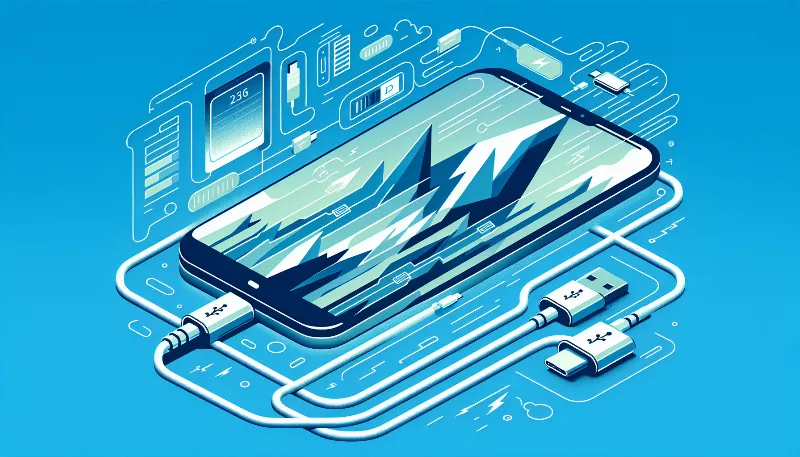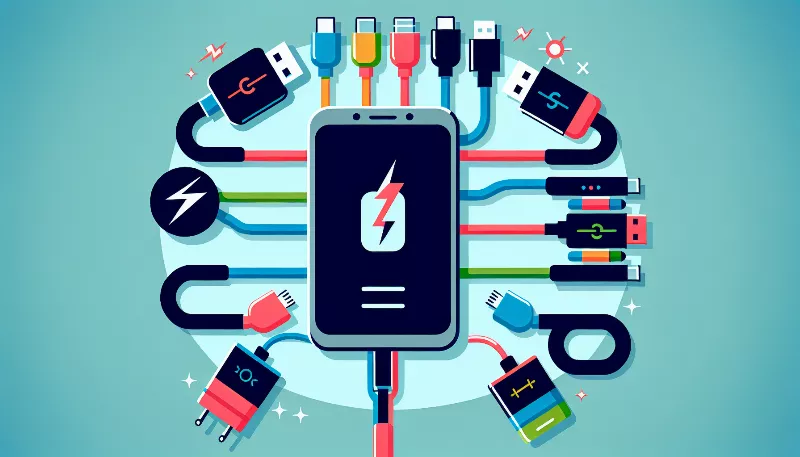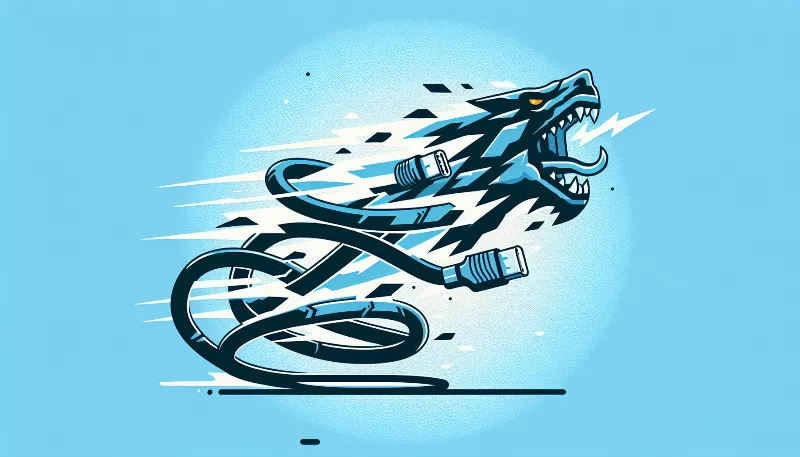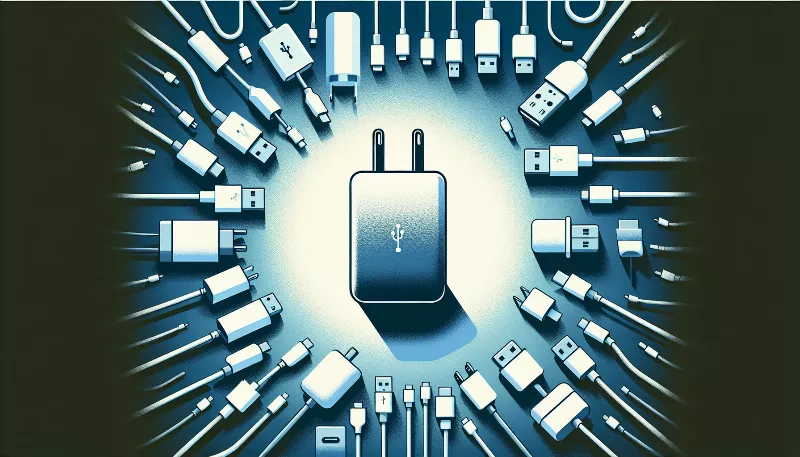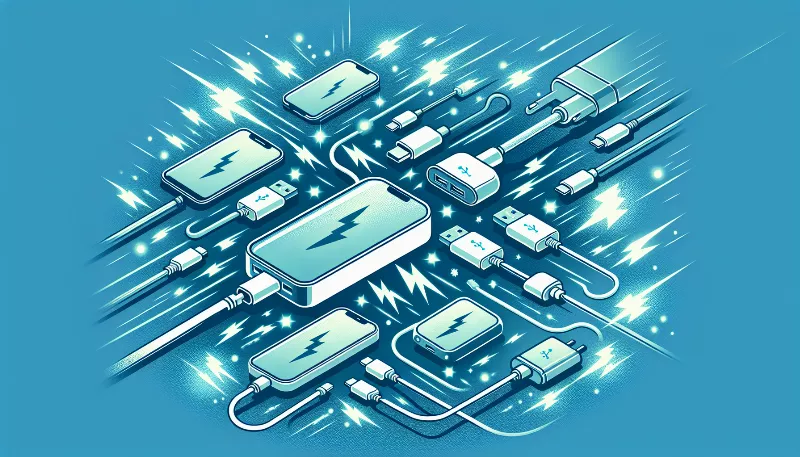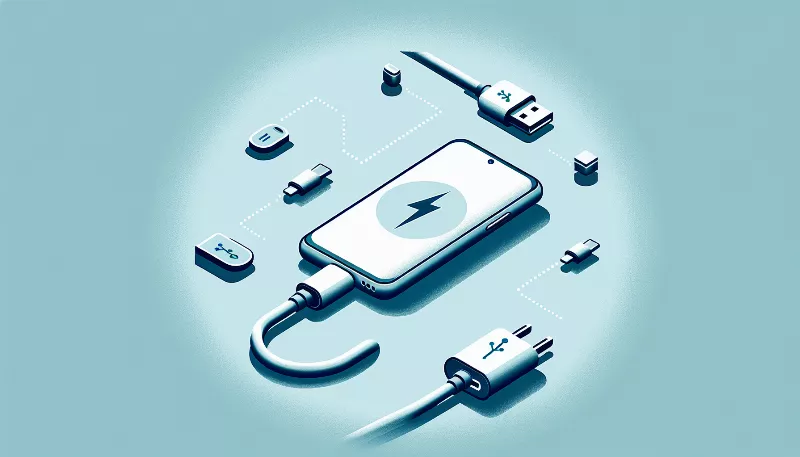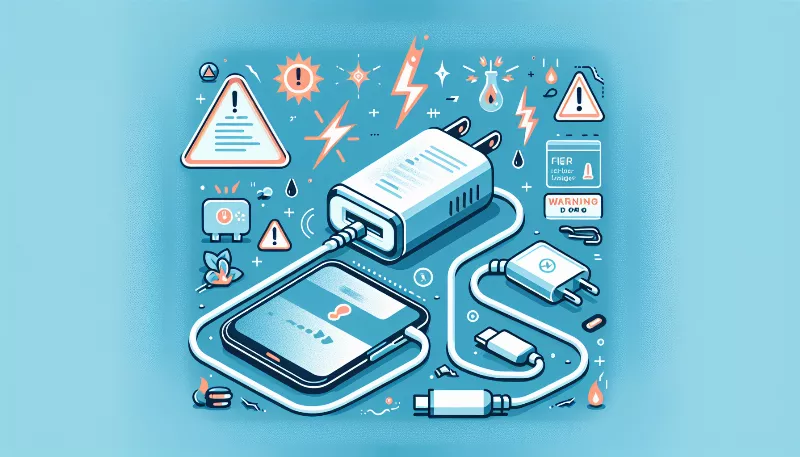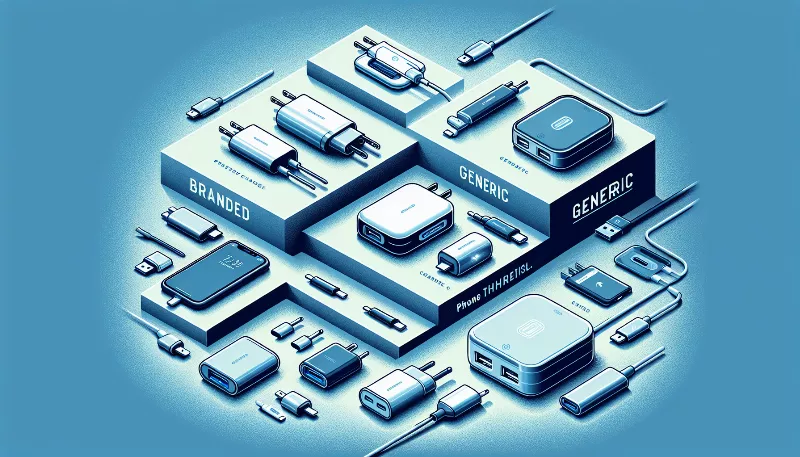How do I know if a USB-C charger is compatible with my device?
Discover the key to USB-C charger compatibility with your devices. Ensure safe, efficient charging with our expert tips and compatibility checklist!
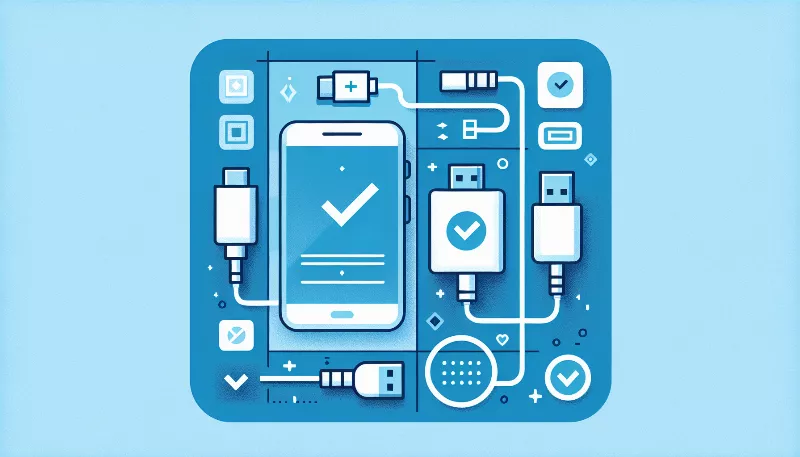
Unlock the Mystery of USB-C Compatibility!
Are you ready to dive into the electrifying world of USB-C chargers? It's time to say goodbye to the confusion and hello to a seamless charging experience! Understanding whether a USB-C charger is compatible with your device is crucial for keeping your gadgets powered up and ready to go. Let's embark on this journey together and unravel the secrets of USB-C compatibility!
Understanding USB-C Connectors
First things first, let's talk about the connector itself. USB-C, also known as USB Type-C, is the latest and most versatile USB connector on the market. Its reversible design means you can plug it in any way – no more fumbling around! But the magic doesn't stop there; USB-C supports a variety of protocols, which means it can handle power delivery, data transfer, and even video output all in one cable.
Check Your Device's Specifications
To ensure compatibility, start by checking your device's specifications. Look for the charging requirements, typically found in the user manual or the manufacturer's website. You'll want to note the voltage (V) and amperage (A) required by your device. This information is key because it tells you the power needs of your gadget. A mismatch can lead to slow charging or, worse, damage to your device.
Power Delivery (PD) – The Game Changer
Enter the realm of Power Delivery (PD), a fast-charging protocol that has revolutionized how devices get their juice. PD allows for higher power levels, meaning faster charging times. If your device supports PD, look for a charger that also supports this feature. But remember, even if both your device and charger support PD, they need to 'speak' the same language – meaning the power levels must match for optimal charging.
Wattage Wisdom
Wattage is the total power output of a charger and is calculated by multiplying voltage by amperage (W = V x A). To find a compatible charger, compare the wattage of your device with that of the charger. If the charger's wattage is equal to or greater than your device's requirement, you're in the clear! However, using a charger with a much higher wattage than needed is generally safe, as your device will only pull the power it requires.
Cable Quality Counts
Don't overlook the importance of a high-quality cable. A subpar cable can limit charging speeds or even pose a safety risk. Ensure your cable is certified and supports the same features as your charger, such as PD if necessary. A good rule of thumb is to use cables from reputable brands or those certified by the USB Implementers Forum (USB-IF).
Brand Matters... Or Does It?
Many people wonder if they need to stick to the same brand as their device when choosing a charger. While using the manufacturer's charger can ensure compatibility, it's not always necessary. Thanks to the standardization of USB-C, you can often use chargers from other reputable brands. Just make sure to check the specs!
Embrace the Future with Confidence
Armed with this knowledge, you're now ready to choose a USB-C charger with confidence! Remember to check your device's power requirements, ensure the charger supports necessary protocols like PD, verify the wattage, invest in a quality cable, and know that brand flexibility is on your side. Charge ahead and power up your devices like a pro!

